Plant Care & Information
All our plants and trees include their habitable zone according to the USDA Zone Maps. See the map below to see if your choice matches your zone. Click on the map to link the USDA website for further information.
Planting for Wyoming (And just about anywhere)
Wyoming is a challenging state to grow in. High altitudes, howling winds, short and dry summers, cold winters, and low humidity are just a few of the obstacles in the way of gardeners and growers.
Its all about protecting your young trees, especially for winter.
1. Wind Protection. The cold winter winds of Wyoming are deadly on young trees. Winter cold desiccation (winter burning) will kill an unprotected young tree quickly. This is where the cold, dry, winter winds will dry out evergreens faster than the roots can replace the lost water resulting in dead, drying branches that turn brown quickly to even the entire tree. For young evergreens, a protective wind barrier placed around the tree such as a small tube long enough to cover the entire tree is extremely advantageous. It also doubles as protection from wildlife. If the quantity of trees prohibits protecting each one individually consider a windbreak fence along each row of trees until they are old enough to withstand the wind. Overall, anything that will reduce the amount of wind exposure to your young trees will greatly increase their odds of survival throughout the harsh winter.
For deciduous (leafy, non evergreens) trees, winter burning isn't as much of a problem. But combine the wind of Wyoming and rapid temperature fluctuations, and you will end up with a dead young tree just as easy. Protect deciduous varieties by wrapping the tree with burlap or similar cloth around its trunk and continue all the way to the top. Remover the burlap in the spring shortly before budding out occurs.
2. Moisture - This is important year round of course. Keep young trees watered consistently and again to help prevent winter burn. Keep watering well into the fall until the ground is frozen.
3. Animals - If you live out in the wild of Wyoming, or anywhere where the local wildlife can get to your young trees and plants, you can guarantee at some point, something will consider eating your tree. Some trees are more tasty than others. Thankfully, most evergreens are resistant to animal grazing. But, most of your deciduous trees are not. Again, you will need tree guards around any vulnerable trees. Large areas can be fenced against larger animals, but even a rabbit can find many a young tree tantalizing. Consider using poultry wire fencing attached to stakes encircling your trees high enough to protect the entire height of the tree up to 6 feet or so for older trees.
4. Plant food - DO NOT fertilize first year trees. Give them time to adapt to your soil and develop before fertilizing. Any attempts to fertilize typically result in over stressing your trees and will most likely kill them. From the second year on, we encourage the use of natural, organic fertilizers raked into the ground around each tree. Avoid use of chemical fertilizers as they will more often than not, will burn a plant or tree and kill it if used improperly. Also, chemical fertilizers are bad for the environment when they wash off in the rains and build up in the waterways.
5. Tree care - Inspect your trees regularly. Trim off dead materials and prune suckers and unnecessary branches. This will help your trees to direct their energy to the strongest parts of the tree and the best looking. Also keep an eye out for pests and diseases and react appropriately and again we encourage all natural/organic products for treating problems.
Keeping all these things in mind, you can rest assured your young trees have the best chances of surviving to an old age and providing you with the benefits of beauty, shade, food, and clean air!

